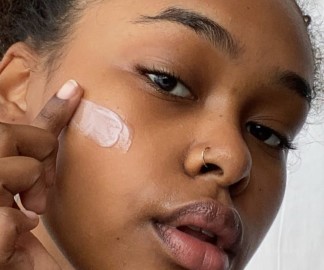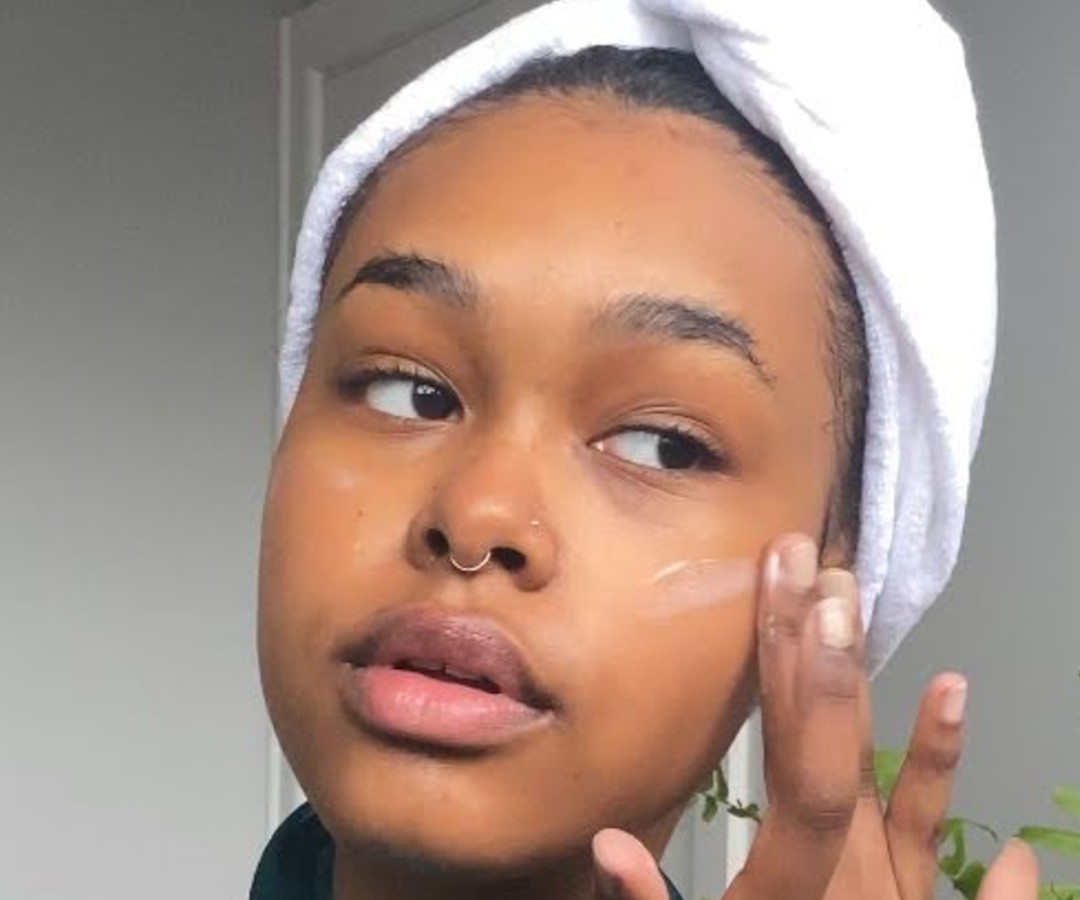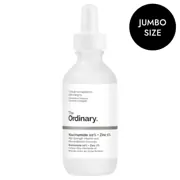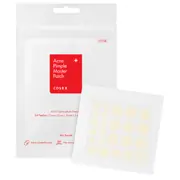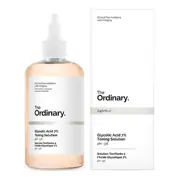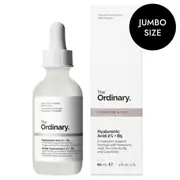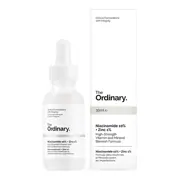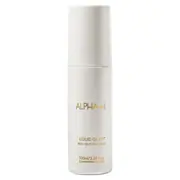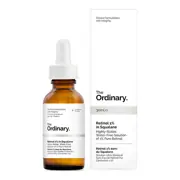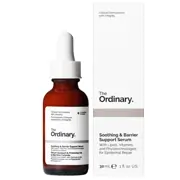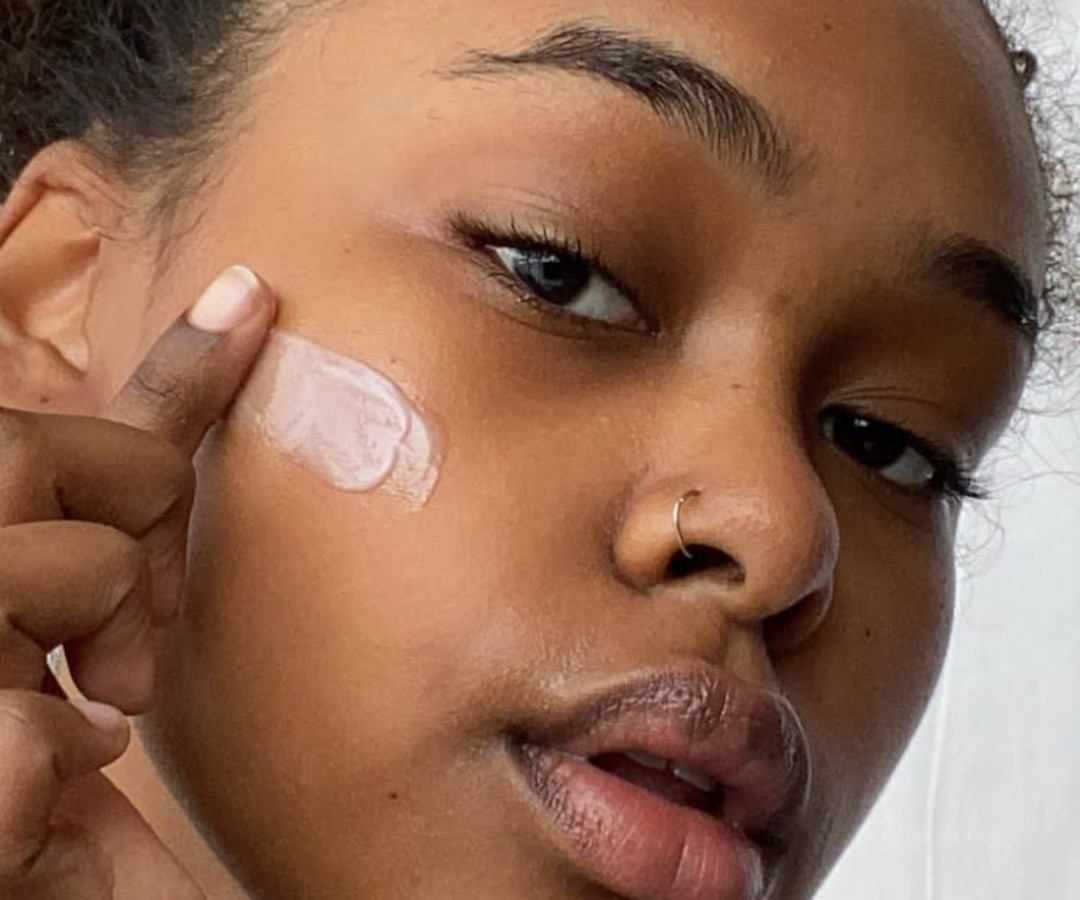
Serums and moisturisers often seem to boast many of the same ingredients while touting similar benefits.
That’s why understanding the difference between the two isn’t always easy.
Unsurprisingly, this piece of beauty trivia has even seasoned beauty buffs scratching their heads at times when asked what separates serums from moisturisers.
It’s time we set the record straight with a decisive explanation.
If you often ponder questions such as ‘What is the difference between a serum and a moisturiser?’ and ‘Is serum better than moisturiser?”, we cover all that and more.
Let’s get into it!
What Is the Difference Between a Serum and a Moisturiser?
There can be a lot of crossover between serums and moisturisers when it comes to what they contain and what they can do.
For example, when comparing hydrating serums vs moisturisers, you’ll see hyaluronic acid-based serums AND hyaluronic acid-based moisturisers, both of which are designed to hydrate. See why it gets confusing?
Anyway, what distinguishes serums from moisturisers comes down to two main factors: purpose (what they do for the skin) and ingredient penetration (how deeply the formulas sink into the skin).
Moisturisers
Purpose: Moisturisers are intended to hydrate the outer layers of the skin and seal in hydration.
They strengthen the skin’s natural protective barrier and help keep out unwanted nasties like harmful bacteria and environmental elements like pollution.
Ingredient penetration: Moisturisers have a thicker, more viscous texture than serums do.
A thicker formula helps build that barrier to trap hydration in and environmental aggressors out.
Moisturisers might also contain actives; however, as a rule, these won’t work as deeply within the skin as those in your serums can.

